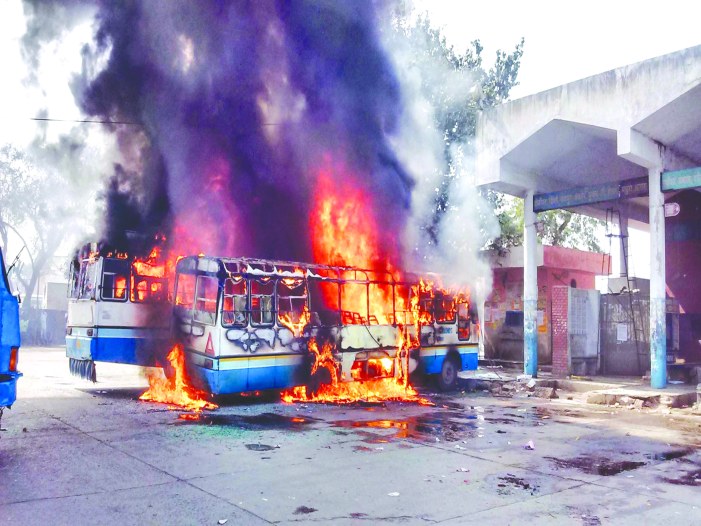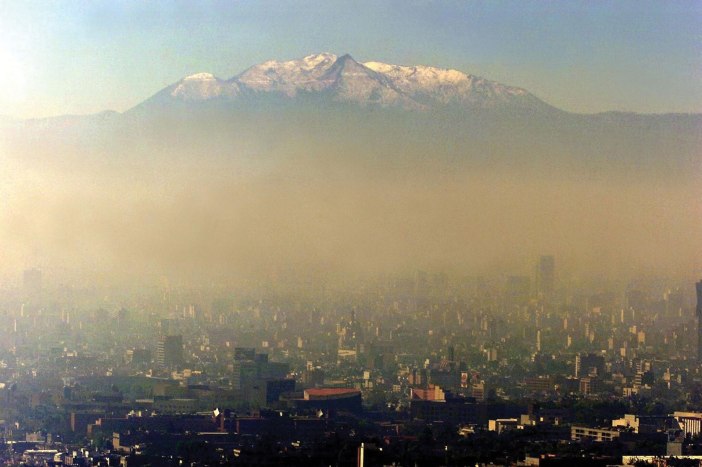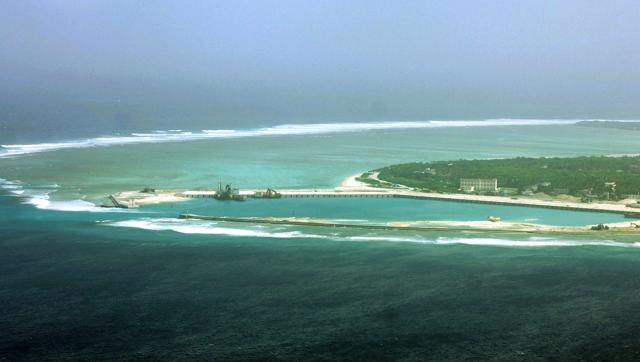The recurrence of violent protests led by relatively well-off communities demanding reservation, be it Patidars in Gujarat last year or Jats in Haryana this year, is perplexing. The Jats are a relatively prosperous land-owning community in Haryana and are regarded as being high on the “social ladder” in the region. Their political and social might is even more evident in the influence they wield in rural areas and in the leadership of the dominant political parties in the State. The National Commission for Backward Classes had in the past come out with specific reasons against the inclusion of the Jats in Haryana in the Other Backward Classes (OBCs) list. This was overruled by the Congress-led United Progressive Alliance government at the Centre through a notification in March 2014, promising a special quota for Jats over and beyond the 27 per cent reservation for OBCs in jobs and higher education. It was left to the Supreme Court in March 2015 to reiterate the reality and to quash the decision of the UPA to include Jats in nine States among OBCs, stating that “caste” alone could not be the criterion for determining socio-economic backwardness. Clearly, even if the demands do not make any constitutional or legal sense, the bipartisan consensus over extending reservations has emboldened protestors among the Jat community. After all, the Bharatiya Janata Party in power too had voiced support for the implementation of the March 2014 notification.

Yet, the demands for reservations from these powerful communities is also a consequence of the success of the system of reservations that formed the most significant component of the Mandal Commission recommendations, implemented for the past 25 years, apart from the 65 years of reservations for Dalits and Adivasis. The larger goal went beyond the uplift of the underprivileged and the historically backward; the purpose was to reduce the gap between the “upper” and the “lower” strata in the social hierarchy. That communities which have identified themselves with the upper strata of society also seek “backward” status suggests that through public sector representation and expansion in access to higher education the “economic gap” has been narrowed, or is at least seen to be narrowing. Specifically in the case of Jats, despite higher economic and social standing, there has been a reduction in landholding owing to distribution over generations and a squeezing of rural incomes due to the persisting sluggishness in the agrarian economy. It is a combination of these structural issues over time, besides the relative success of the reservation programme, that has fuelled the unreasonable demands made by Jats. In the case of the more prosperous and diverse Patidars in Gujarat, the demands for reservation were a thin pretext to do away with the system of reservation itself. The agitations, in a way, point to the need to review the list of castes counted as OBCs and to deepen the definition of creamy layer. An opportunity for this was provided through the Socio-Economic and Caste Census, but it was missed.

 Air quality has a strong bearing on India’s ability to sustain high economic growth, but national policy has treated the issue with scant importance. This is evident even from the meagre data on pollution for a handful of cities generated by the ambient air quality measurement programme. A new report from Greenpeace, based on NASA’s satellite data, indicates that people living in some parts of India are at greater risk for health problems linked to deteriorating air quality than those living in China. The measurements for Aerosol Optical Depth, which have been used to assess the level of fine particulate matter (PM2.5) that gets lodged deep in the lungs, point to a worsening of air quality in India in the 10-year period from 2005, particularly for States along the Punjab to West Bengal corridor, compared to China’s eastern industrial belt. This finding matches the Air Quality Index data for cities monitored by the Central Pollution Control Board. Quite simply, pursuing business as usual is not tenable, and the Centre has to act to enforce control mechanisms that will make the air safe to breathe. This has to begin with a more comprehensive system of real-time data collection, expanding the coverage from the present 23 cities (not all of which provide full or regular information) to all agglomerations with a significant population and economic activity, and within a given time frame. Putting the data in the public domain in an open format will enable multiple channels of dissemination, including apps created by the community for mobile devices, and build pressure on both policymakers and polluters.
Air quality has a strong bearing on India’s ability to sustain high economic growth, but national policy has treated the issue with scant importance. This is evident even from the meagre data on pollution for a handful of cities generated by the ambient air quality measurement programme. A new report from Greenpeace, based on NASA’s satellite data, indicates that people living in some parts of India are at greater risk for health problems linked to deteriorating air quality than those living in China. The measurements for Aerosol Optical Depth, which have been used to assess the level of fine particulate matter (PM2.5) that gets lodged deep in the lungs, point to a worsening of air quality in India in the 10-year period from 2005, particularly for States along the Punjab to West Bengal corridor, compared to China’s eastern industrial belt. This finding matches the Air Quality Index data for cities monitored by the Central Pollution Control Board. Quite simply, pursuing business as usual is not tenable, and the Centre has to act to enforce control mechanisms that will make the air safe to breathe. This has to begin with a more comprehensive system of real-time data collection, expanding the coverage from the present 23 cities (not all of which provide full or regular information) to all agglomerations with a significant population and economic activity, and within a given time frame. Putting the data in the public domain in an open format will enable multiple channels of dissemination, including apps created by the community for mobile devices, and build pressure on both policymakers and polluters.